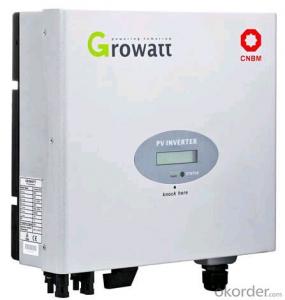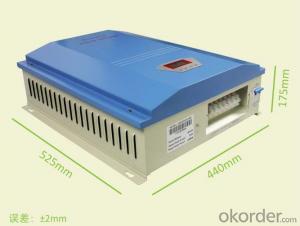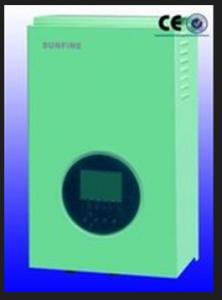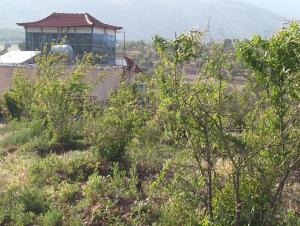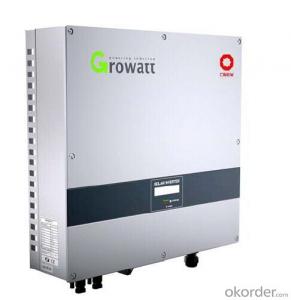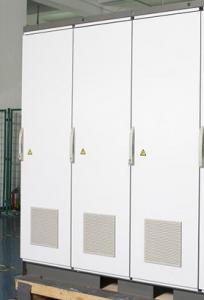3kw Hybrid Solar Inverter
3kw Hybrid Solar Inverter Related Searches
Best Solar Hybrid Inverter Best 3kw Solar Inverter Solar System Hybrid Inverter Hybrid Solar Inverter System Inverter 2kw Solar System Solar Panel Hybrid Inverter Hybrid Solar Inverter On Grid On-Grid Hybrid Solar Inverter 1kw On Grid Solar Inverter Top 10 Solar Hybrid InverterHot Searches
China Solar Inverter 3kw 220v China Hybrid Solar Inverter China Solar Inverter 3kw Solar Inverter Hybrid Price Hybrid Solar Inverter Price Sma 3kw Solar Inverter Price 3kw Solar Inverter Price Solar Inverter Hybrid 10kw Solar Inverter Hybrid Tesla Hybrid Solar Inverter Type Of Inverter For Solar Types Of Inverter For Solar Used Solar Inverter For Sale Inverter Size For Solar System Solar Edge Inverter For Sale 5kw Solar Inverter For Sale Solar Inverter For Sale Solar Inverter For Battery Solar Inverter For Split Ac Solar Inverter For Laptop3kw Hybrid Solar Inverter Supplier & Manufacturer from China
Okorder.com is a professional 3kw Hybrid Solar Inverter supplier & manufacturer, offers integrated one-stop services including real-time quoting and online cargo tracking. We are funded by CNBM Group, a Fortune 500 enterprise and the largest 3kw Hybrid Solar Inverter firm in China.Hot Products
FAQ
- There are several reasons why surge protection is extremely important in a solar inverter. Firstly, solar inverters have the responsibility of converting the direct current (DC) generated by solar panels into alternating current (AC) that can be used to power electrical devices. This conversion process can potentially cause power surges or voltage spikes. If these surges occur, they can harm the sensitive electronic components inside the inverter, resulting in malfunctions or even complete failure. Secondly, solar inverters are often connected to the electrical grid, which allows excess electricity produced by the solar panels to be sent back into the grid. However, the grid is susceptible to power fluctuations and surges caused by lightning strikes, utility switching, or other external factors. Without sufficient surge protection, these power surges can travel back through the grid and cause damage to the solar inverter. Furthermore, surge protection is crucial for safeguarding the entire solar power system. Apart from the solar inverter, there are other interconnected components like charge controllers, battery systems, and monitoring equipment. Any surge occurring in any part of the system has the potential to damage or disrupt the operation of the entire system. By incorporating surge protection devices like surge suppressors or surge arresters into the solar inverter, excess energy from power surges is diverted away from the sensitive electronic components. These devices are specifically designed to absorb or redirect the surge, thereby shielding the inverter and other connected equipment. In conclusion, surge protection is of utmost importance in a solar inverter as it prevents damage from power surges during the conversion process, provides protection against external power fluctuations from the grid, and safeguards the entire solar power system. Investing in proper surge protection ensures the long-lasting and reliable functioning of the solar inverter, minimizing the risk of expensive repairs or replacements.
- A solar inverter can handle variations in solar panel cleanliness by continuously monitoring the output power and adjusting the operating parameters accordingly. If the panels are dirty, the inverter will detect a decrease in the output power and adjust the voltage and current to maintain optimal performance. However, if the panels are excessively dirty, it can significantly impact the overall energy production and may require manual cleaning to ensure maximum efficiency.
- The input voltage rating is a critical factor in determining the performance of a solar inverter. The inverter's ability to convert the direct current (DC) generated by solar panels into alternating current (AC) for use in homes or businesses depends on the input voltage rating. If the input voltage rating of the inverter is not compatible with the voltage produced by the solar panels, the inverter may not function properly or may even be damaged. Thus, selecting an inverter with the correct input voltage rating is essential for optimal performance and longevity of a solar power system.
- Yes, a solar inverter can be used with different types of grid connection standards as long as it is designed to meet the specific requirements of those standards. The inverter must be compatible with the voltage, frequency, and other technical specifications of the grid in order to ensure safe and efficient operation of the solar power system.
- A solar inverter handles voltage unbalance in the grid by continuously monitoring the incoming voltage levels. If it detects a voltage imbalance, it automatically adjusts its internal control mechanisms to balance the output voltage and ensure stable operation. Additionally, the inverter may also employ advanced algorithms to mitigate the effects of voltage unbalance, such as reactive power compensation and voltage regulation, minimizing any potential impacts on the solar system's performance and the grid.
- Yes, a solar inverter can be used with a three-phase power system. In fact, many solar inverters are designed to work specifically with three-phase power systems. These inverters convert the DC power generated by solar panels into AC power that can be used by the three-phase electrical grid.
- The role of a solar inverter in voltage control is to convert the direct current (DC) produced by solar panels into alternating current (AC) that is suitable for use in homes and businesses. Additionally, a solar inverter helps regulate and stabilize the voltage levels to ensure that the generated electricity matches the required voltage for the connected electrical appliances. This helps prevent overvoltage or undervoltage situations, ensuring a safe and efficient energy supply.


